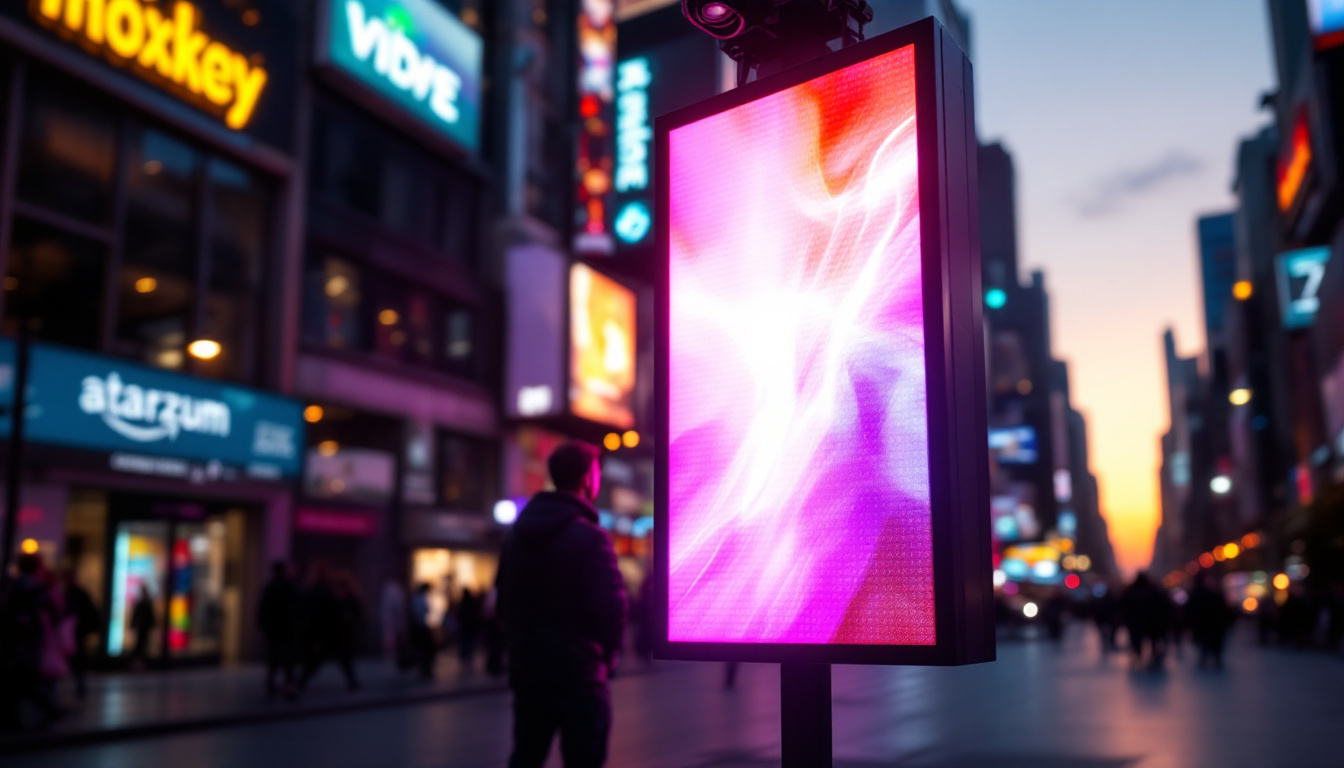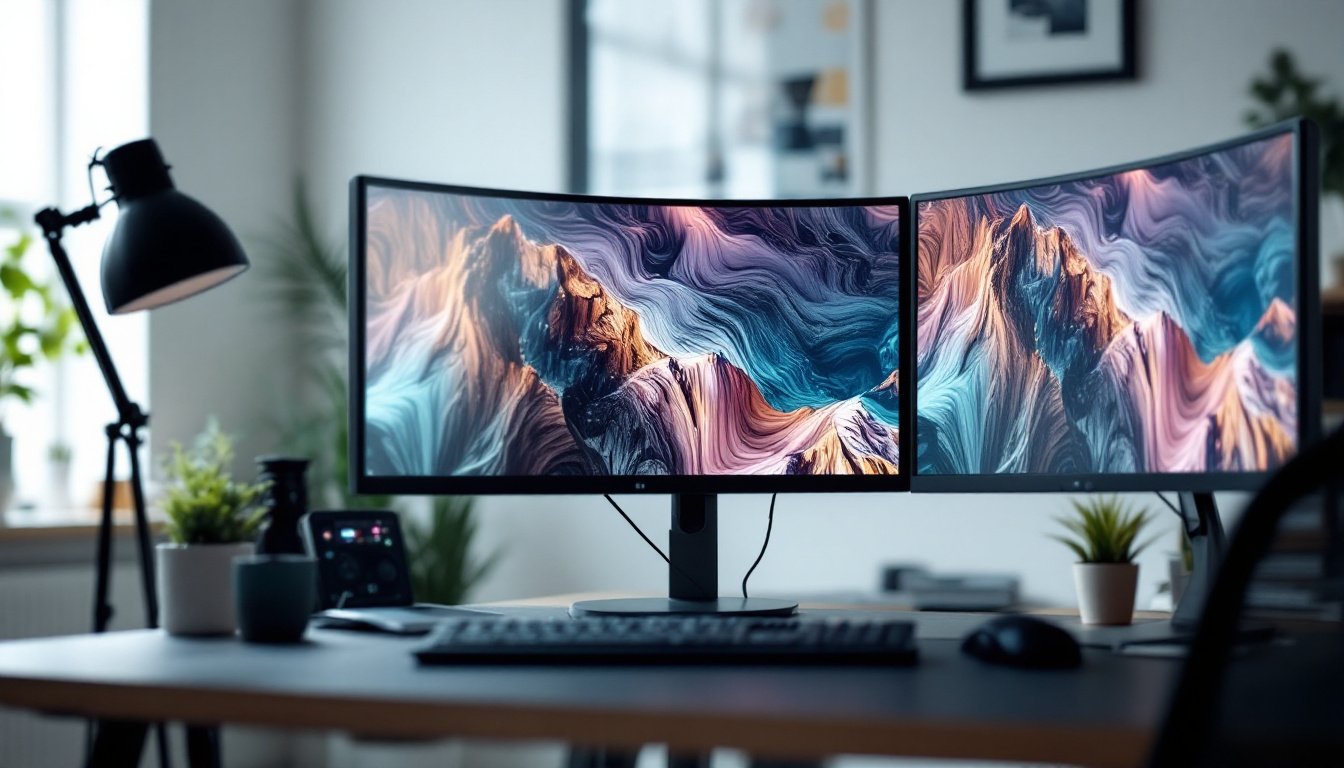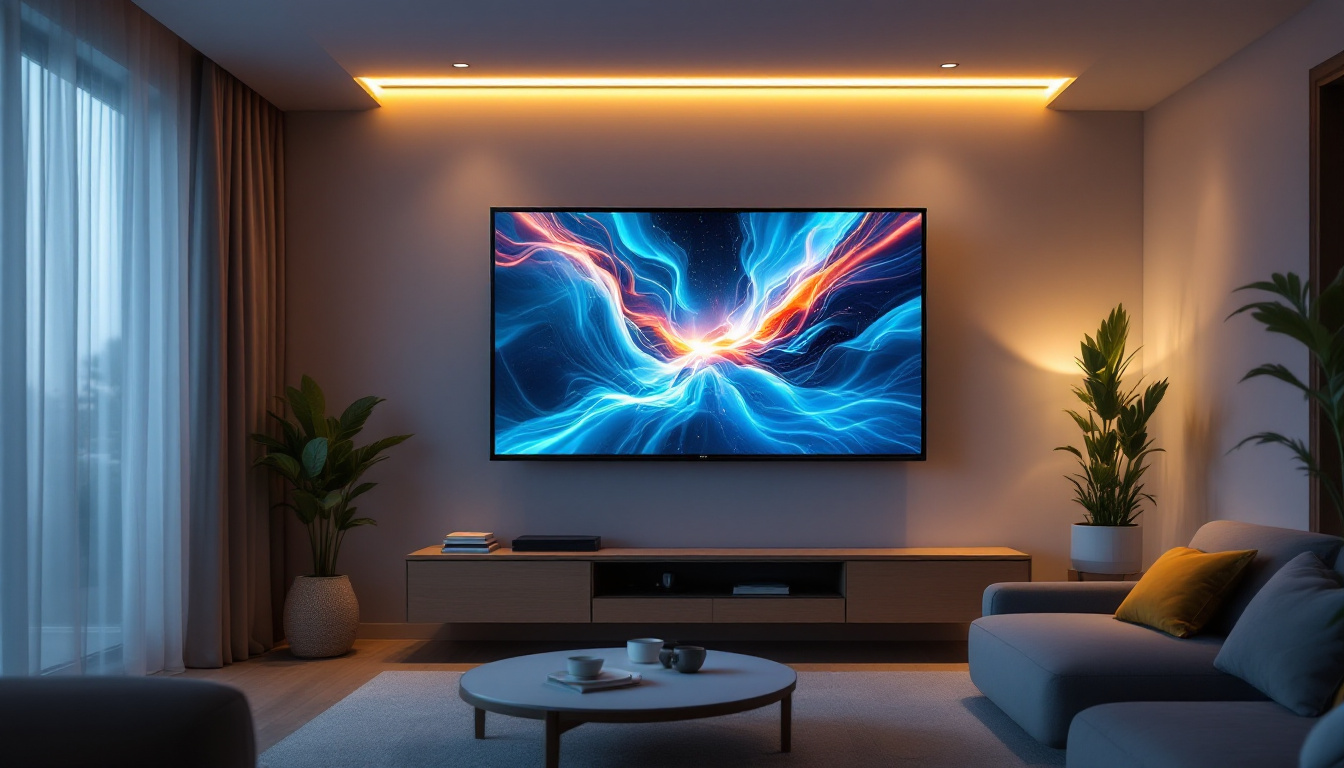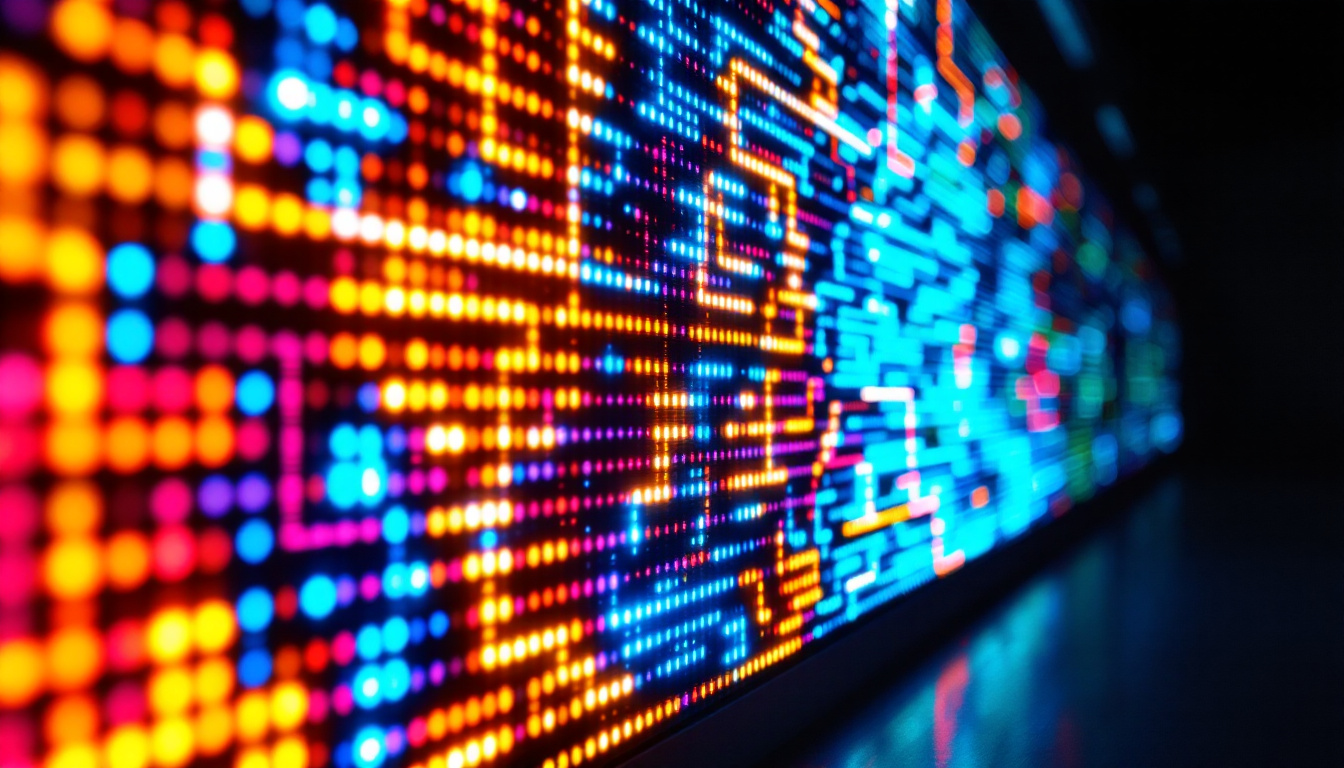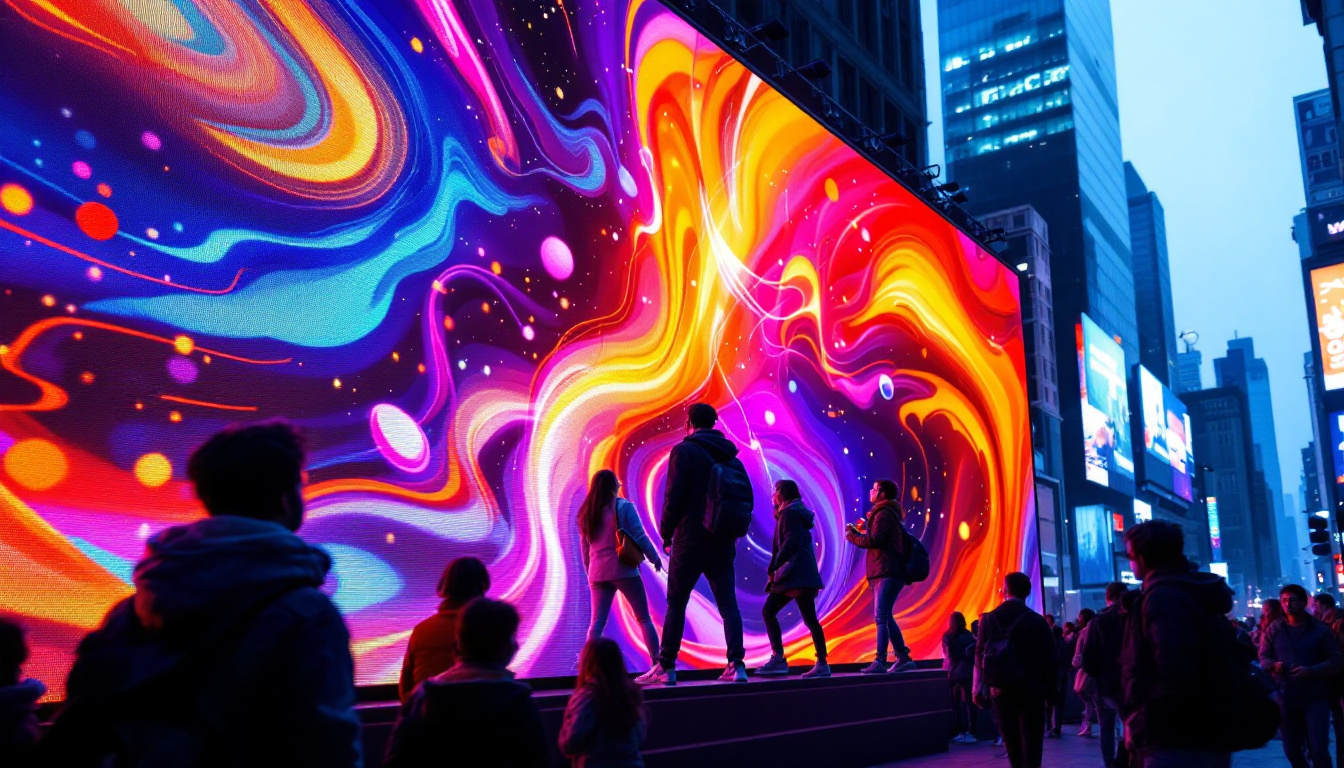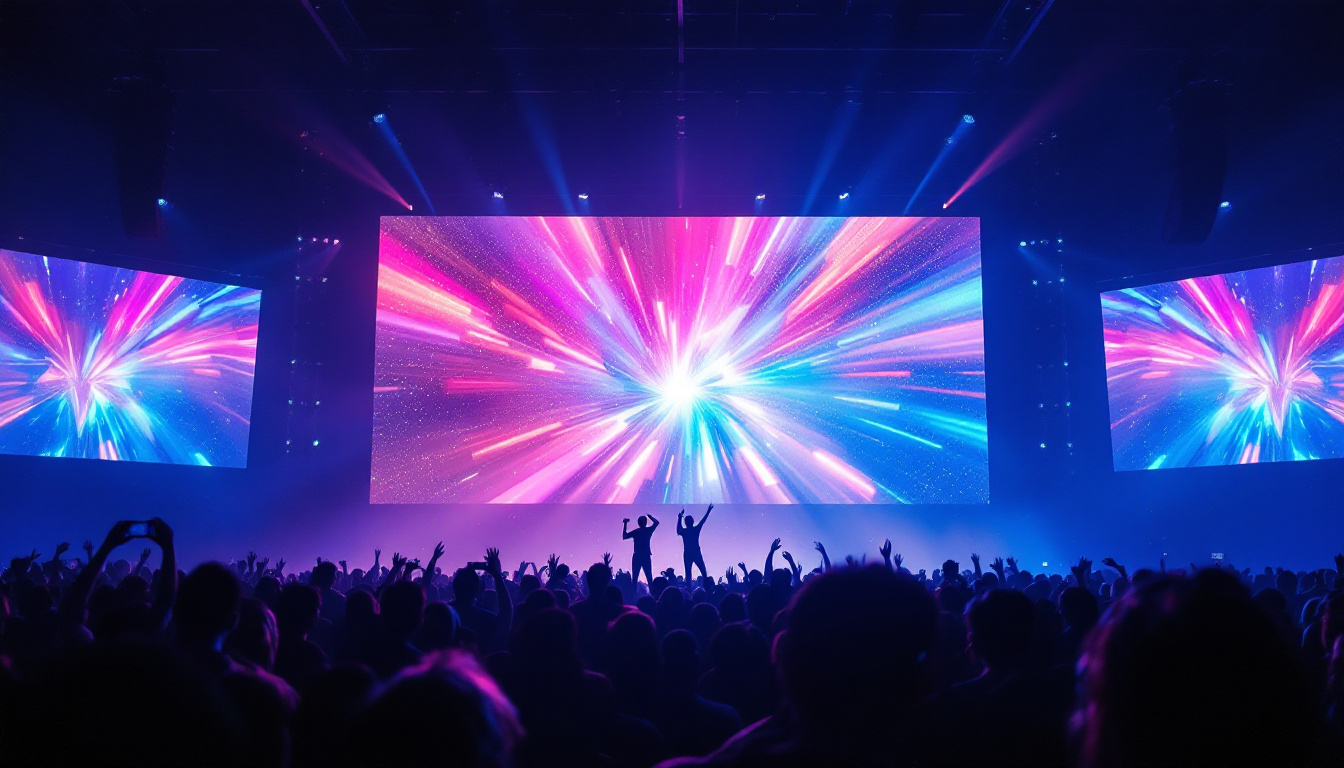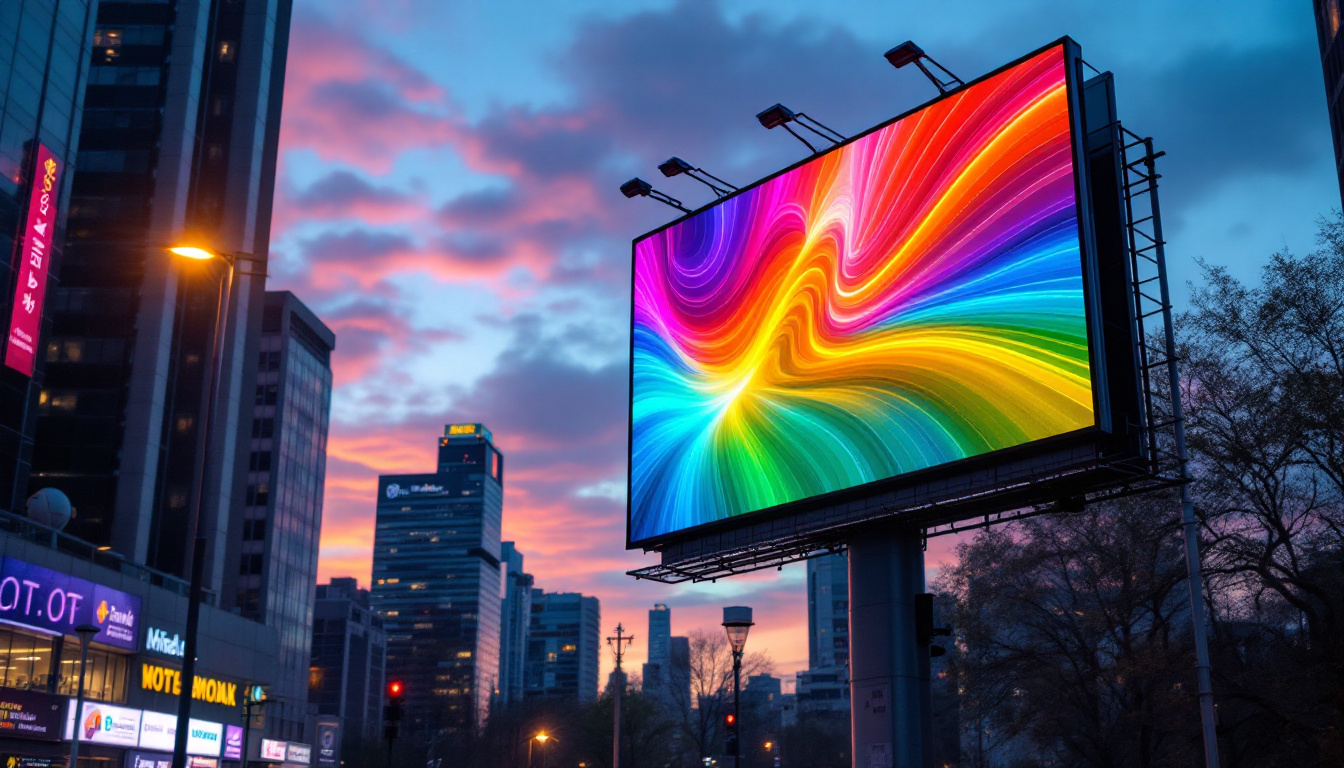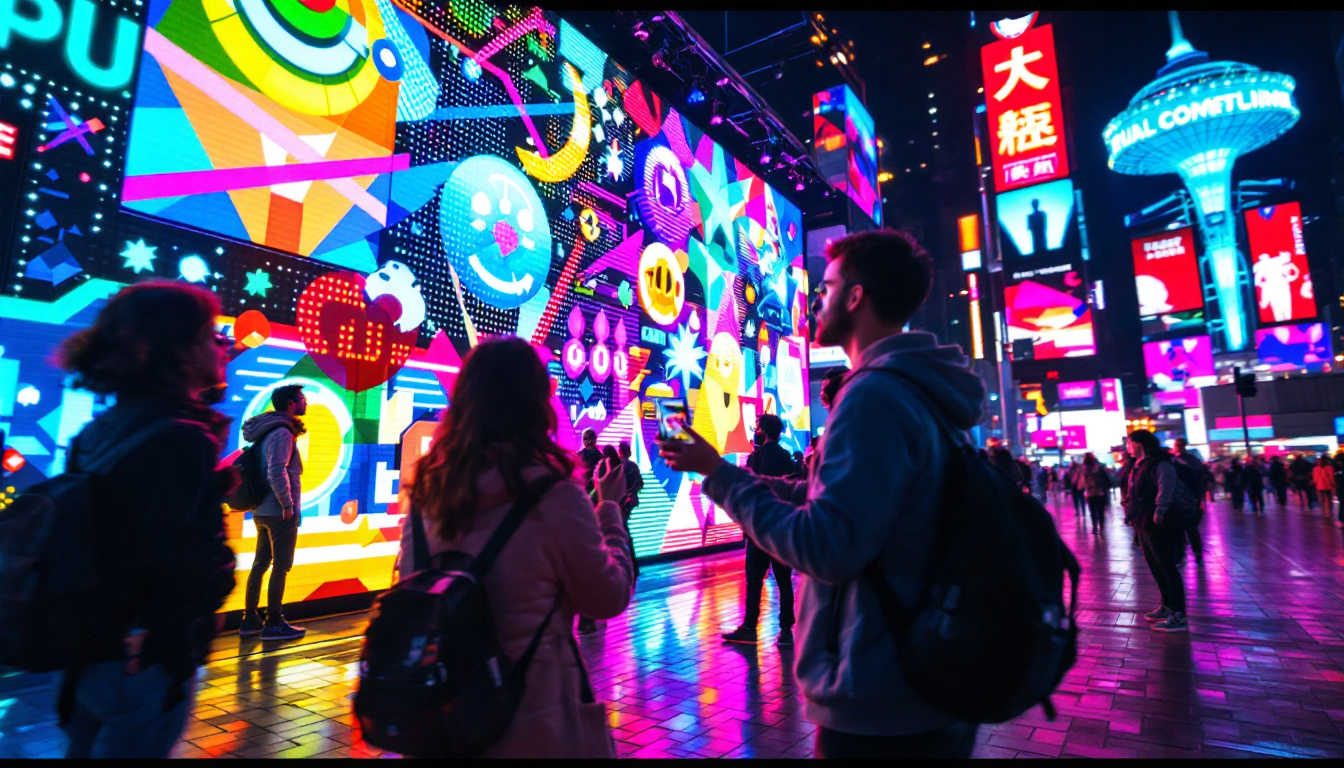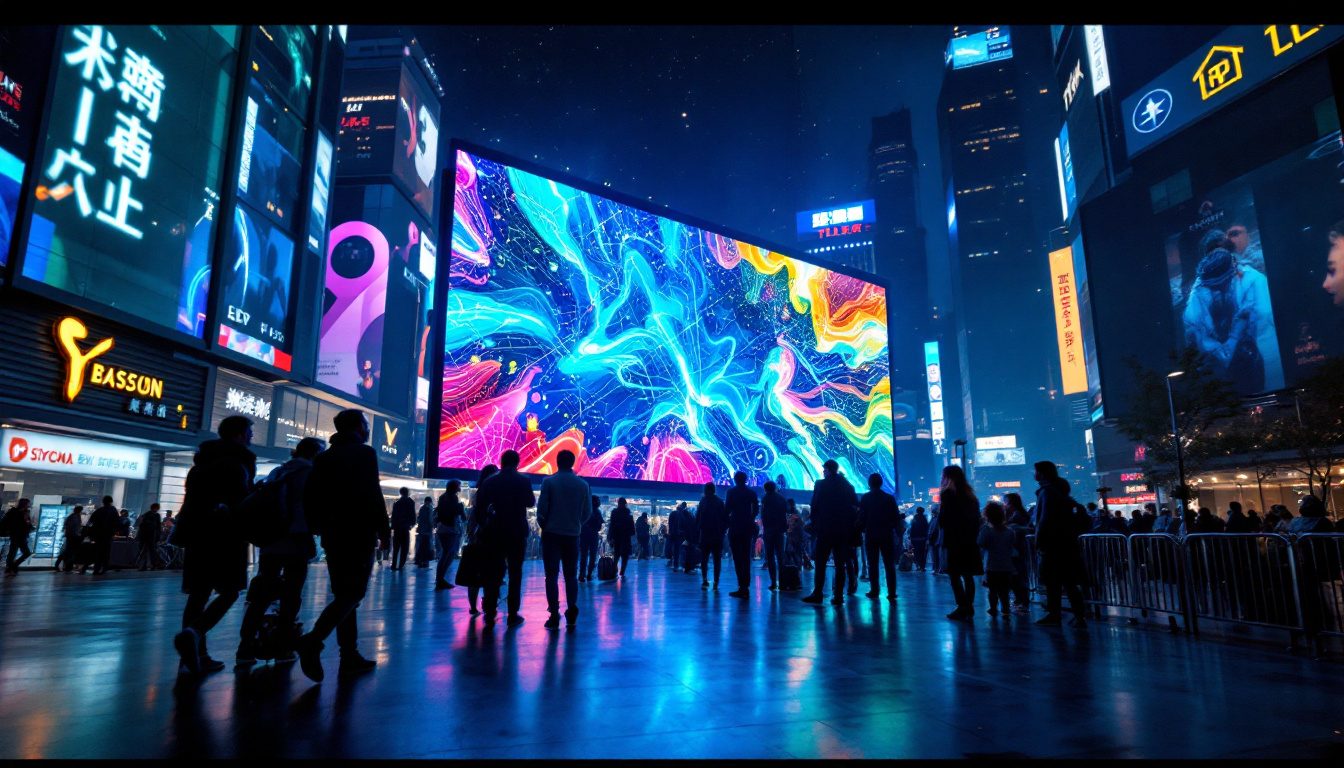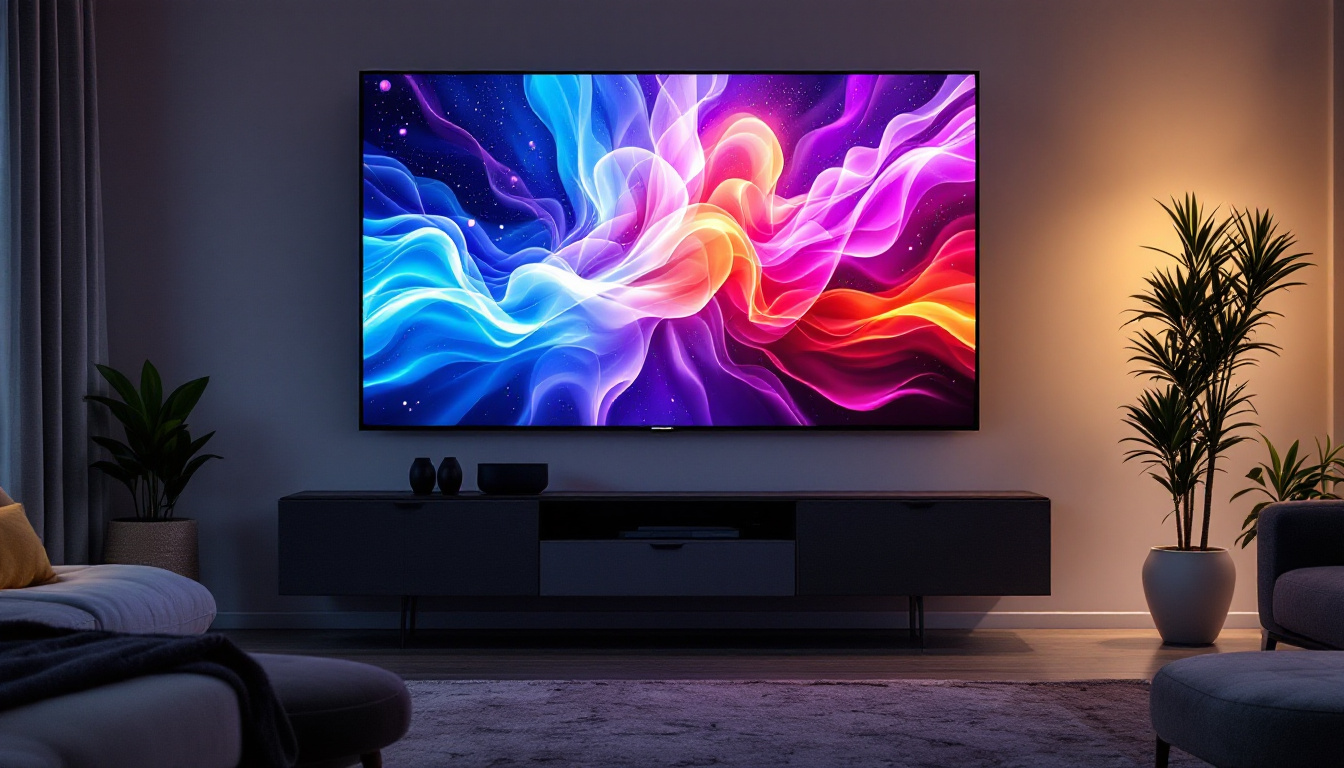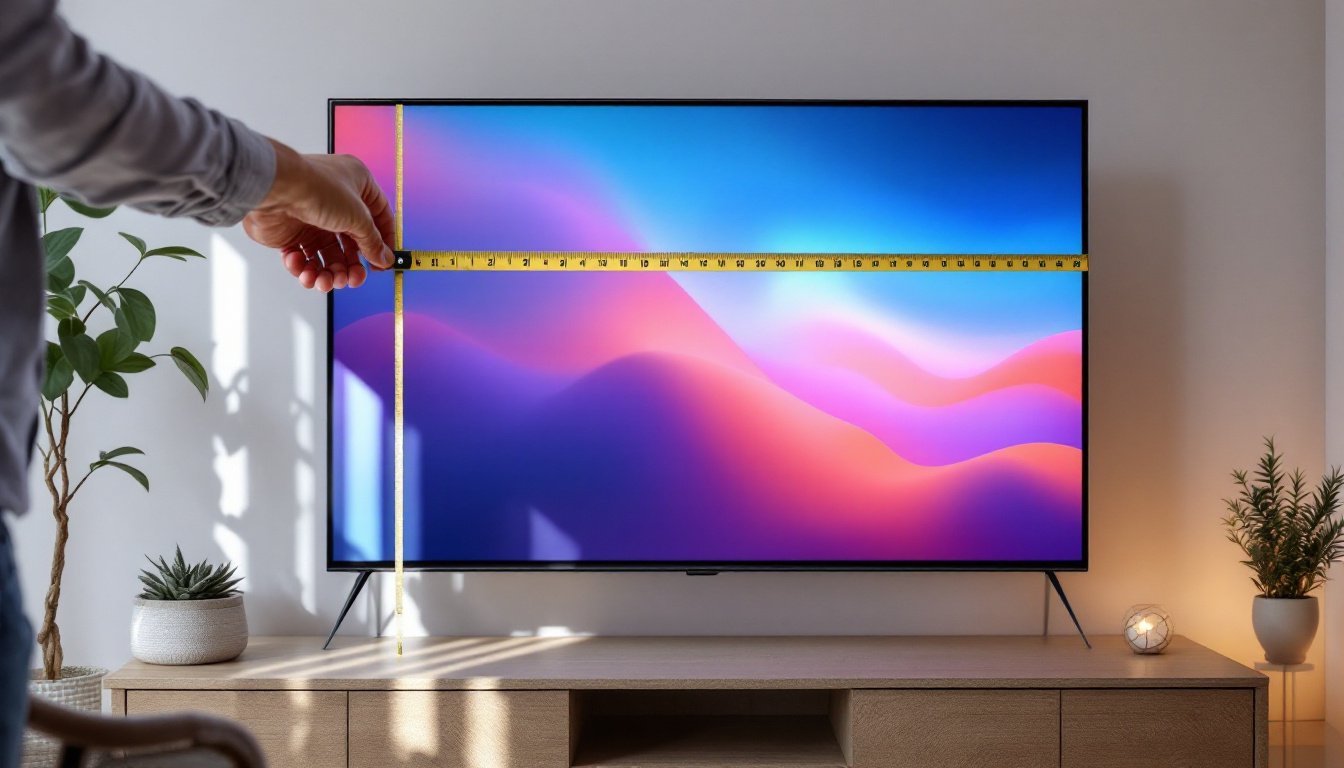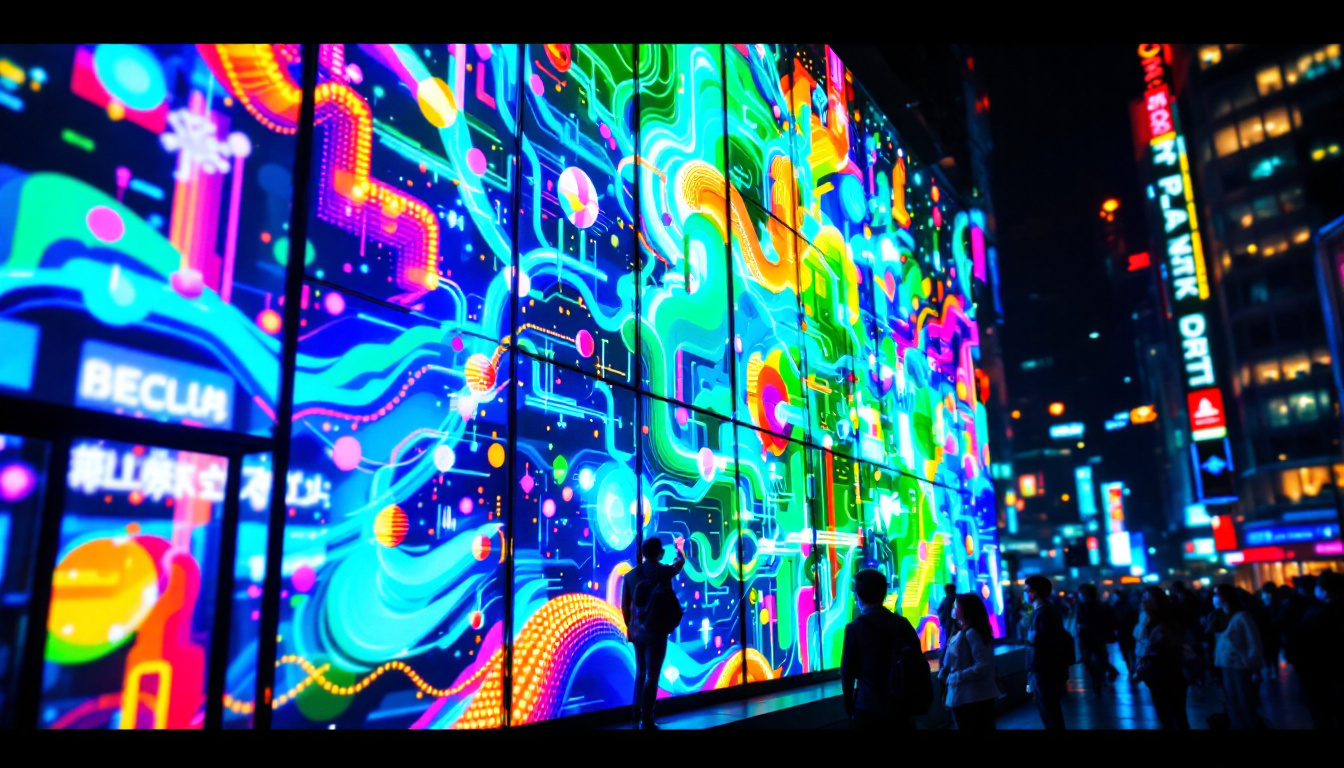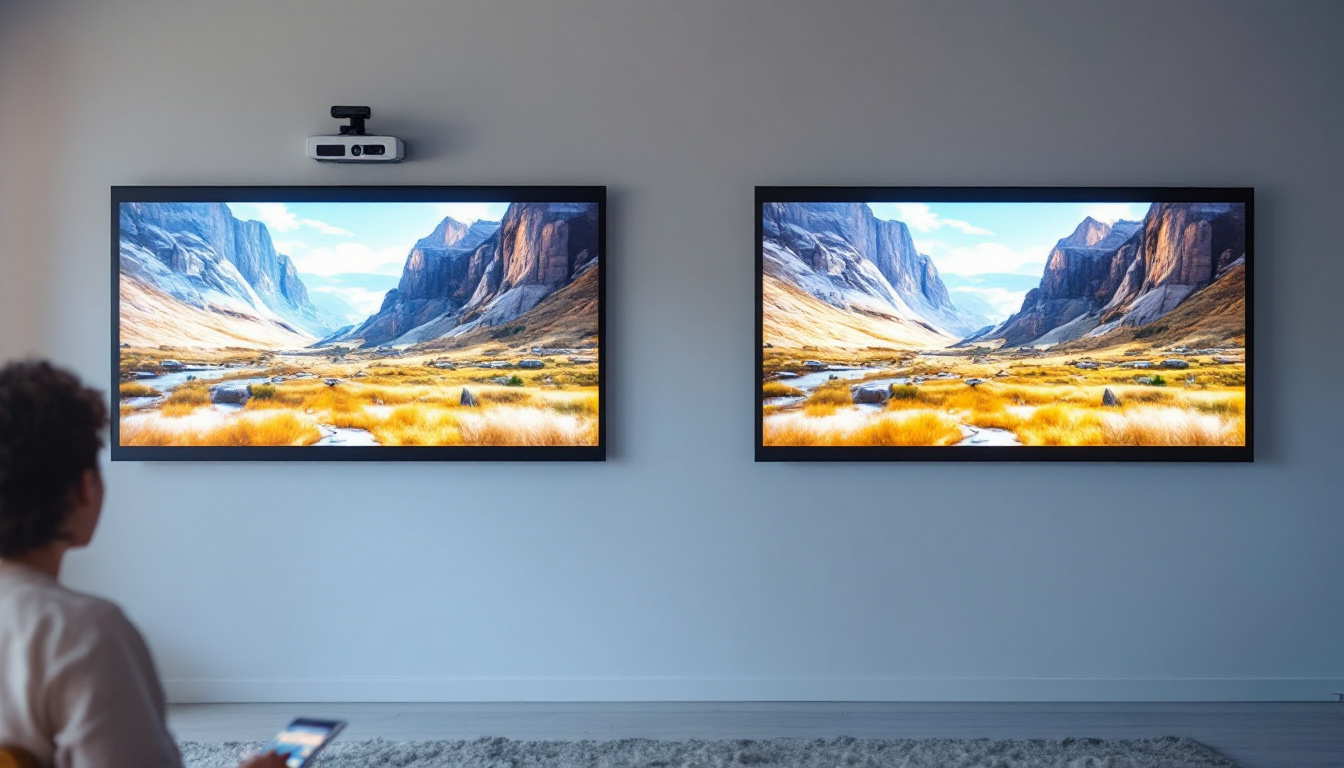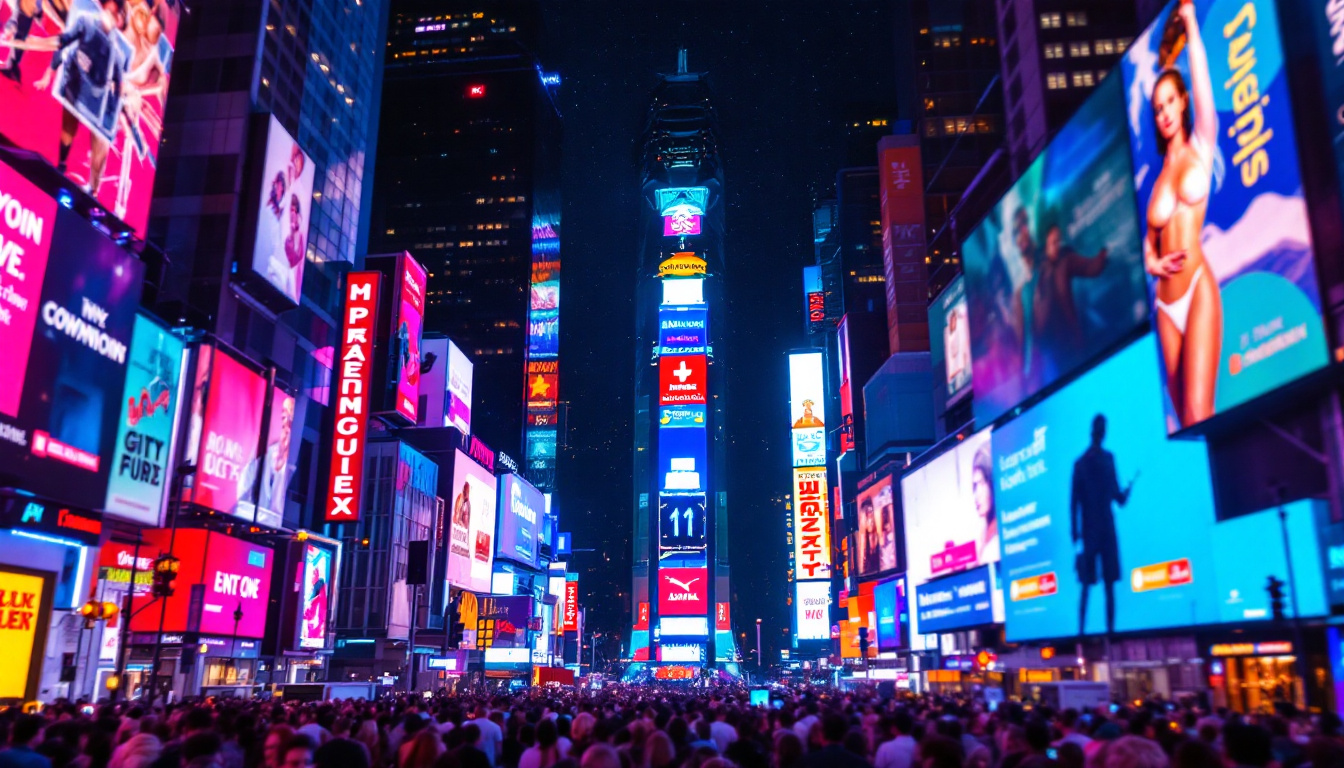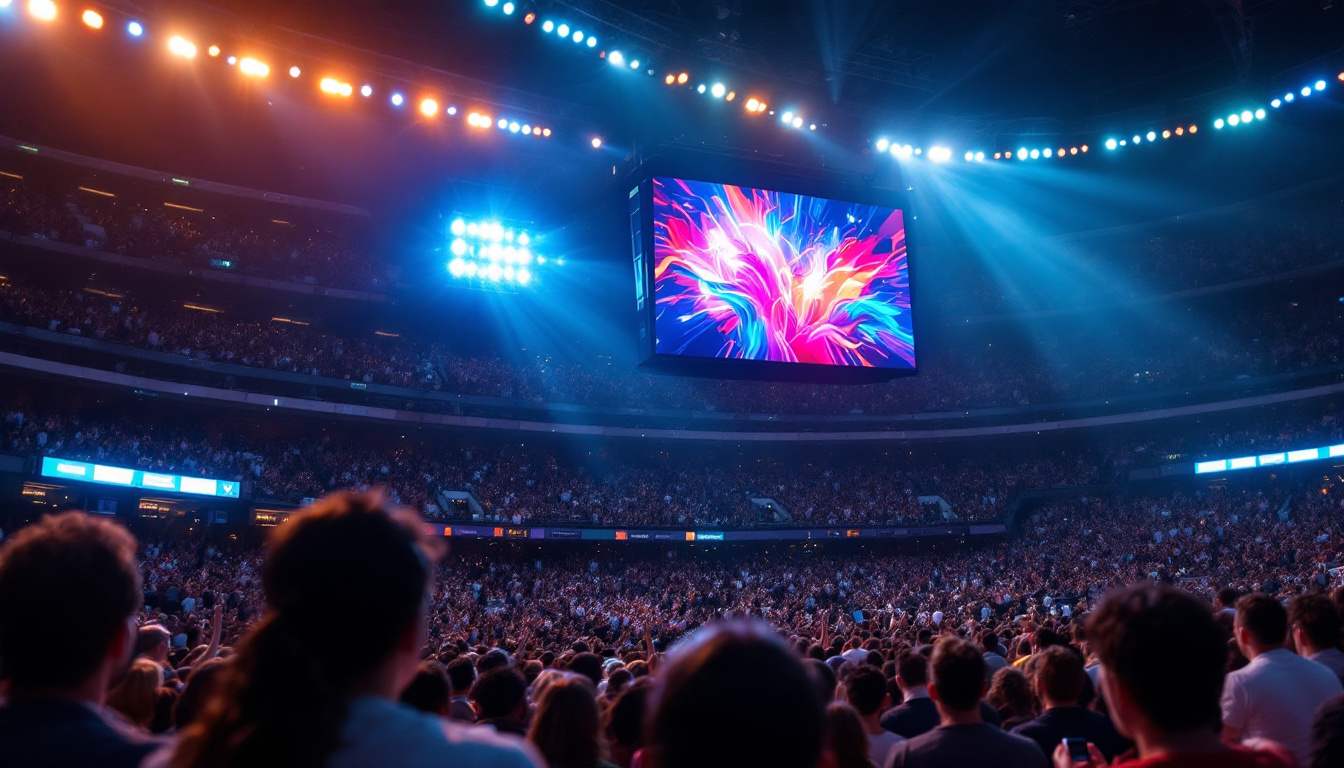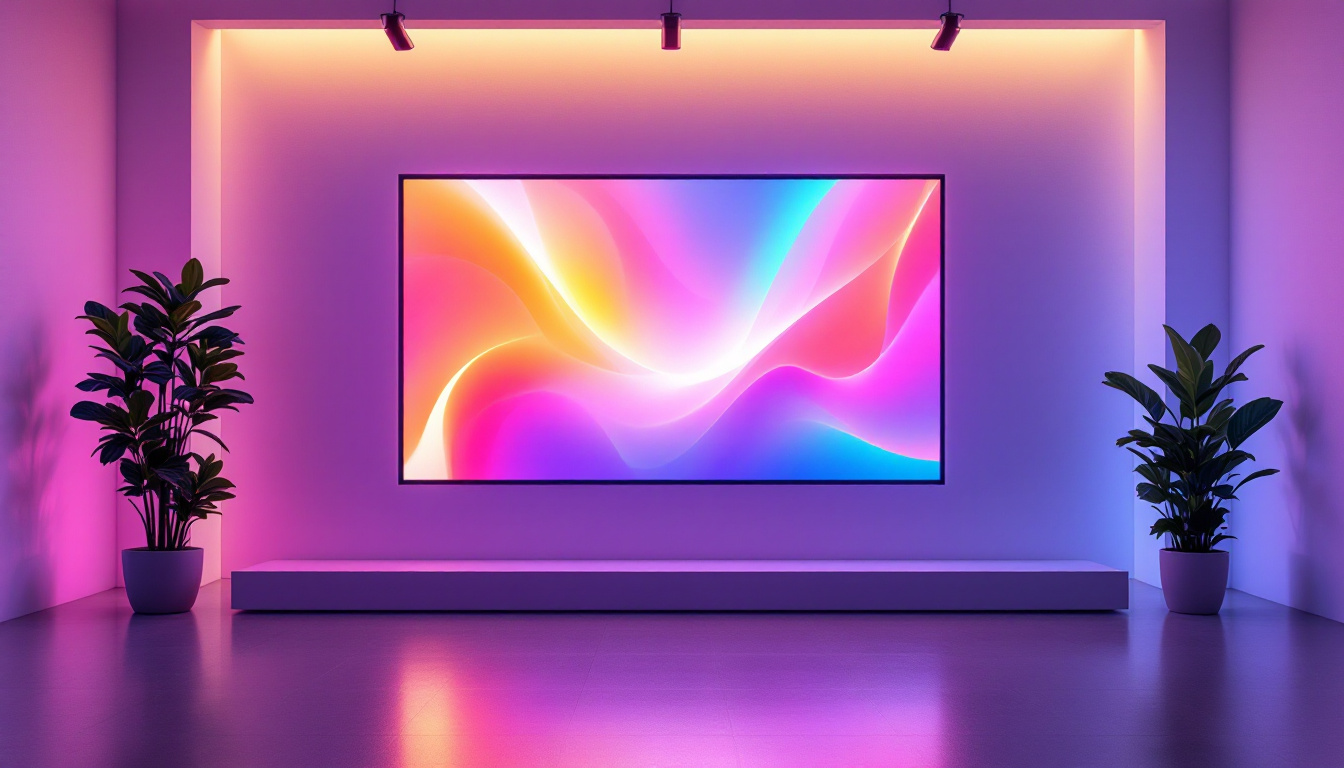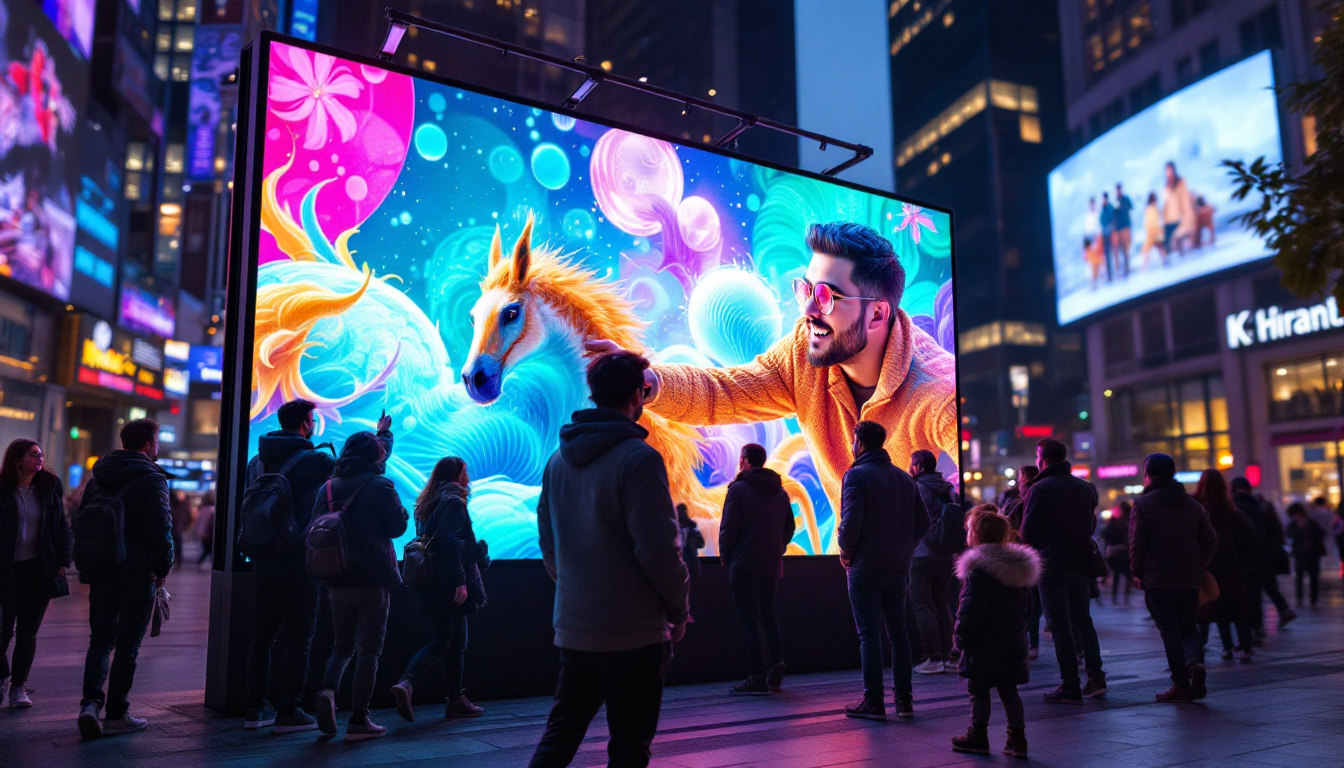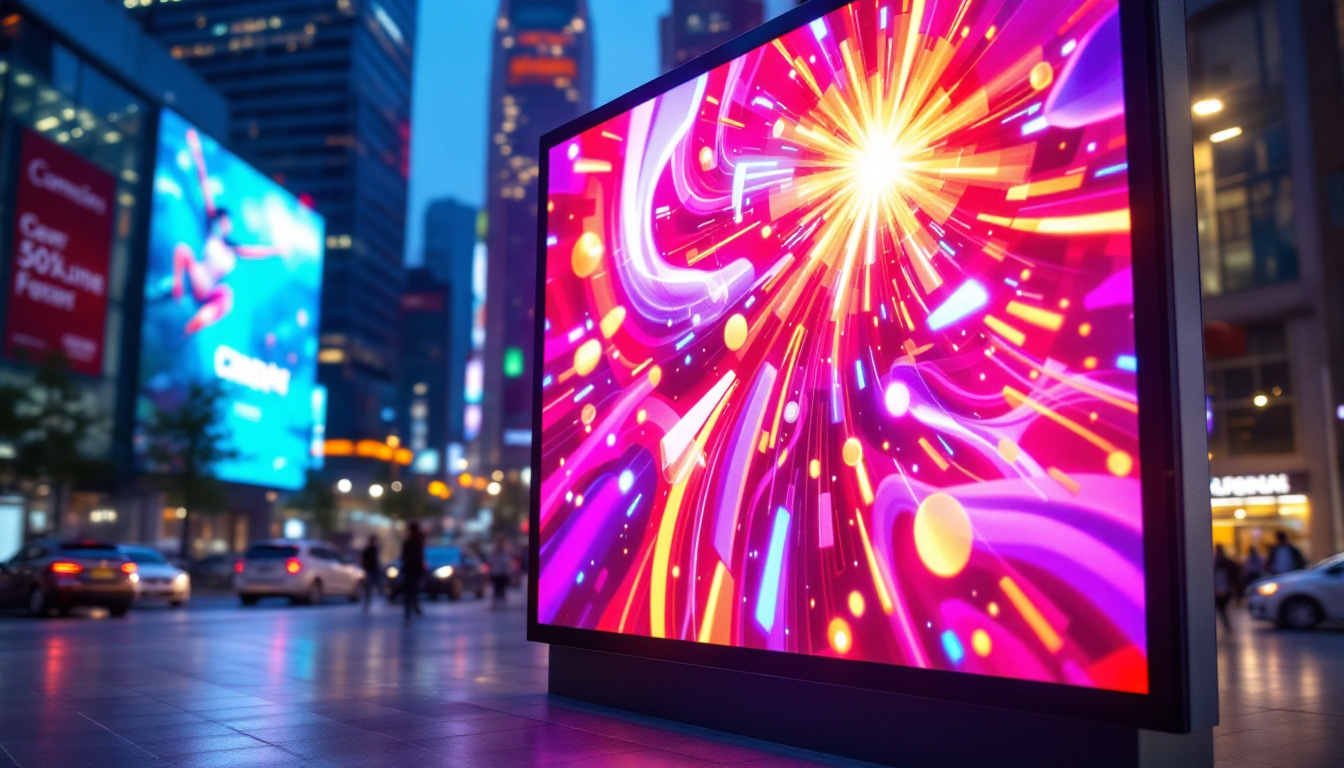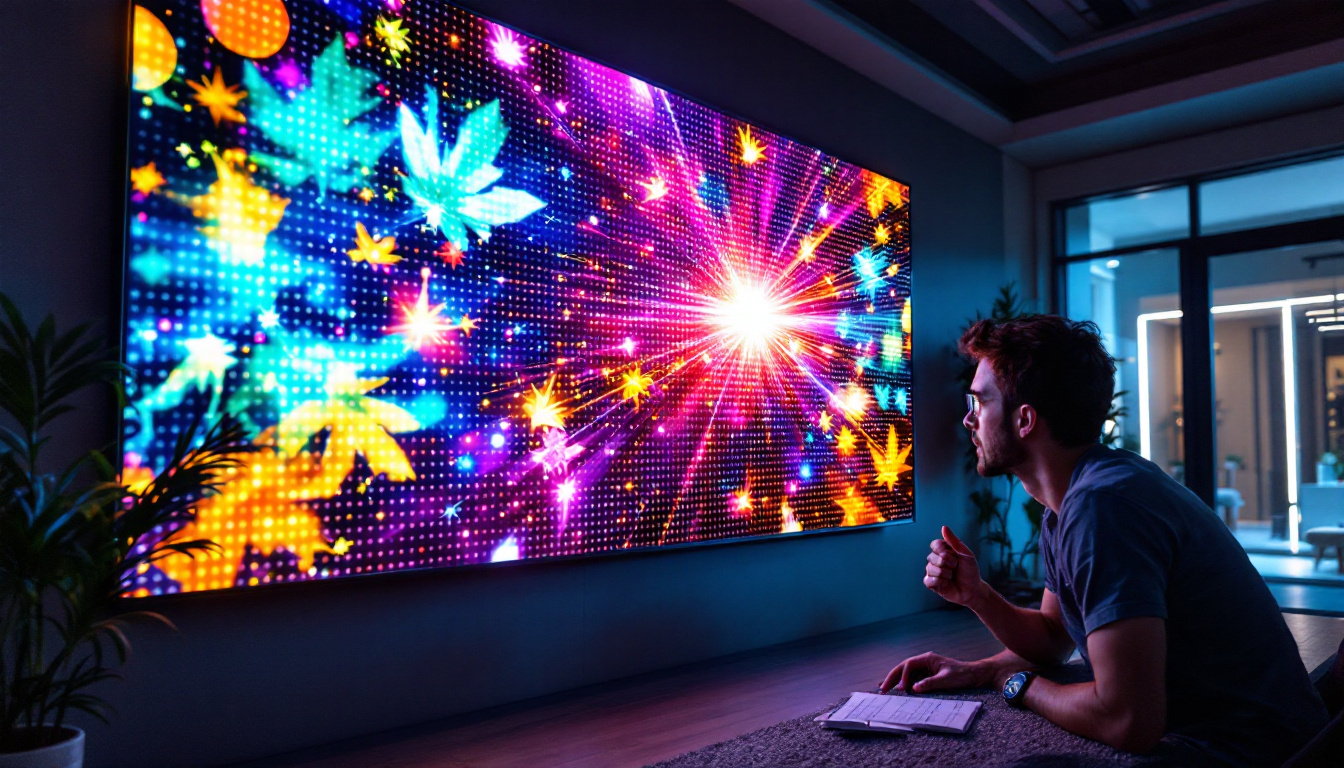In the realm of modern technology, LED displays have become ubiquitous, transforming the way we interact with visual content. From televisions to smartphones and advertising billboards, understanding the concept of brightness in LED displays is essential for both consumers and professionals alike. This article delves into the definition of brightness, the factors influencing it, and how it impacts user experience.
Understanding Brightness in LED Displays
Brightness refers to the intensity of light emitted from a display, measured in units called nits. A higher nit value indicates a brighter display, which can enhance visibility in various lighting conditions. In LED displays, brightness plays a crucial role in delivering vibrant colors and clear images.
LED, or Light Emitting Diode, technology has revolutionized the display industry by providing energy-efficient solutions with high brightness levels. This technology allows for a wide range of applications, from home entertainment systems to large-scale outdoor displays. The efficiency of LEDs not only contributes to lower energy consumption but also extends the lifespan of the displays, making them a sustainable choice for consumers and businesses alike.
The Importance of Brightness
Brightness is not merely a technical specification; it significantly influences user experience. For instance, in brightly lit environments, such as outdoor settings, a higher brightness level ensures that content remains visible and legible. Conversely, in darker environments, excessive brightness can lead to eye strain and discomfort. This balance is crucial for maintaining viewer engagement, particularly in settings like retail displays or digital signage, where capturing attention is essential.
Moreover, brightness affects color perception and contrast. A display with optimal brightness can render colors more accurately, making images and videos more appealing. This is particularly important for professionals in fields such as graphic design and photography, where color accuracy is paramount. Additionally, advancements in LED technology, such as HDR (High Dynamic Range), have further enhanced the ability of displays to produce a wider range of brightness levels, allowing for deeper blacks and more luminous highlights. This capability not only enriches the viewing experience but also provides creators with the tools to present their work in the best possible light, literally and figuratively.
Factors Influencing Brightness in LED Displays
Several factors contribute to the overall brightness of an LED display. Understanding these elements can help consumers make informed decisions when selecting a display for specific needs.
1. LED Technology
The type of LED technology used in a display significantly impacts its brightness. There are various types of LEDs, including standard LEDs, OLEDs (Organic Light Emitting Diodes), and Mini-LEDs. Each technology has its own characteristics and brightness levels.
For instance, OLED displays offer exceptional contrast and vibrant colors due to their ability to turn off individual pixels completely, resulting in deeper blacks. However, they may not achieve the same peak brightness levels as some standard LED displays. Mini-LED technology, on the other hand, combines the advantages of both by using smaller LEDs for backlighting, allowing for higher brightness and improved contrast. This technology has gained traction in recent years, particularly in high-end televisions and monitors, as it provides a more immersive viewing experience with enhanced detail in both bright and dark scenes.
2. Display Size and Resolution
The size and resolution of a display also play a crucial role in determining brightness. Larger displays typically require more LEDs to achieve uniform brightness across the screen. Additionally, higher resolution displays, such as 4K and 8K, demand greater brightness to ensure that individual pixels are adequately illuminated.
As a result, manufacturers often optimize brightness levels based on the intended size and resolution of the display. This optimization ensures that users experience consistent brightness, regardless of the content being viewed. Furthermore, the pixel density, which is the number of pixels per inch, can also affect perceived brightness. Displays with higher pixel densities can deliver sharper images, but they may require more advanced technology to maintain brightness levels without compromising performance.
3. Ambient Light Conditions
The environment in which a display is used can significantly affect its perceived brightness. Ambient light conditions, such as natural sunlight or artificial lighting, can either enhance or diminish the visibility of a display. For example, a display with high brightness levels may perform exceptionally well in bright outdoor settings but may appear overly bright in a dimly lit room.
To address this issue, many modern displays feature adaptive brightness technology, which automatically adjusts the brightness based on the surrounding light conditions. This feature enhances user comfort and ensures optimal viewing experiences in various environments. Additionally, some displays come equipped with anti-glare coatings or special filters that help to reduce reflections and improve visibility in bright settings. These advancements not only improve the overall viewing experience but also extend the usability of displays in diverse lighting scenarios, making them suitable for both home entertainment and professional applications.
Measuring Brightness: Nits and Beyond
Brightness is commonly measured in nits, a unit that quantifies the amount of light emitted per square meter. Understanding this measurement is crucial for evaluating the performance of LED displays.
A display with a brightness level of 300 nits is generally considered suitable for indoor use, while displays exceeding 1000 nits are ideal for outdoor applications. However, it is essential to note that nits alone do not provide a complete picture of a display’s performance. Other factors, such as contrast ratio and color accuracy, also play significant roles in overall display quality.
Brightness Levels Across Different Applications
Different applications require varying brightness levels. For instance, a smartphone display typically ranges from 400 to 800 nits, providing sufficient brightness for everyday use. In contrast, outdoor digital signage may reach upwards of 5000 nits to ensure visibility in direct sunlight.
In professional settings, such as broadcasting and film production, displays may need to achieve specific brightness levels to meet industry standards. Understanding these requirements is essential for professionals who rely on accurate color representation and visibility.
Impact of Brightness on User Experience
The brightness of a display significantly influences user experience, affecting everything from comfort to engagement. Users often prefer displays that provide a balance between brightness and comfort, ensuring that viewing experiences are enjoyable and free from strain.
Eye Comfort and Fatigue
Excessive brightness can lead to eye fatigue, especially during prolonged viewing sessions. Displays that are too bright in dark environments can cause discomfort, making it essential for users to choose displays with adjustable brightness settings. Many modern displays come equipped with features that allow users to customize brightness levels according to their preferences.
Furthermore, blue light emitted from bright displays can contribute to eye strain and sleep disturbances. As a result, many manufacturers have introduced blue light reduction features, which adjust the color temperature of the display to minimize eye discomfort.
Enhancing Engagement and Aesthetics
In addition to comfort, brightness plays a crucial role in enhancing engagement with visual content. Brighter displays can draw attention and create a more immersive experience, particularly in advertising and entertainment applications. The vibrancy of colors and clarity of images are amplified by optimal brightness levels, making content more appealing to viewers.
For instance, in retail environments, bright displays can attract customers and effectively showcase products. Similarly, in gaming, high brightness levels can enhance the visual experience, making gameplay more enjoyable and engaging.
Future Trends in LED Display Brightness
The landscape of LED display technology is continually evolving, with advancements aimed at improving brightness and overall performance. As technology progresses, several trends are emerging that promise to enhance brightness levels and user experiences.
1. Quantum Dot Technology
Quantum dot technology is gaining traction in the display industry, offering improved brightness and color accuracy. By utilizing nanometer-sized semiconductor particles, quantum dots can enhance the color spectrum of LED displays, resulting in brighter and more vibrant images.
This technology is particularly beneficial for HDR (High Dynamic Range) content, where brightness and contrast are critical for delivering stunning visuals. As quantum dot technology becomes more prevalent, users can expect displays with enhanced brightness and improved color representation.
2. Improved Energy Efficiency
As the demand for brighter displays increases, manufacturers are also focusing on energy efficiency. Advances in LED technology aim to provide higher brightness levels without significantly increasing power consumption. This not only benefits the environment but also enhances the longevity of displays.
Energy-efficient displays can operate at optimal brightness levels while consuming less power, making them more sustainable choices for consumers and businesses alike. This trend aligns with the growing emphasis on eco-friendly technology solutions.
3. Adaptive Brightness Technologies
Future developments in adaptive brightness technologies are expected to further enhance user experiences. These technologies will utilize sensors and algorithms to automatically adjust brightness levels based on ambient light conditions, user preferences, and content being displayed.
By providing a more tailored viewing experience, adaptive brightness can improve comfort, reduce eye strain, and enhance overall engagement with visual content. As these technologies become more sophisticated, users can anticipate displays that seamlessly adapt to their environments.
Conclusion
Brightness is a fundamental aspect of LED displays, influencing everything from visibility to user comfort. Understanding the definition of brightness, the factors that influence it, and its impact on user experience is essential for making informed decisions when selecting displays for various applications.
As technology continues to evolve, advancements in LED display brightness will pave the way for enhanced visual experiences, improved energy efficiency, and greater user satisfaction. Whether for personal use or professional applications, staying informed about brightness in LED displays will ensure that users can fully appreciate the benefits of this transformative technology.
Explore Cutting-Edge LED Display Solutions with LumenMatrix
Ready to experience the pinnacle of LED display technology? LumenMatrix is at the forefront of innovation, offering an extensive array of LED display modules tailored to your unique needs. From the immersive Indoor LED Wall Display to the dynamic Outdoor LED Wall Display, and from the versatile Vehicle LED Display to the sleek LED Poster Display, we have the solutions to elevate your visual communication. Discover how our LED Sports Display, Floor LED Display, Custom LED Display, All-in-One LED Display, and LED Transparent Display can transform your space and captivate your audience. Embrace the future of digital signage with LumenMatrix and make a lasting impression. Check out LumenMatrix LED Display Solutions today and let your message shine with unmatched clarity and impact.

